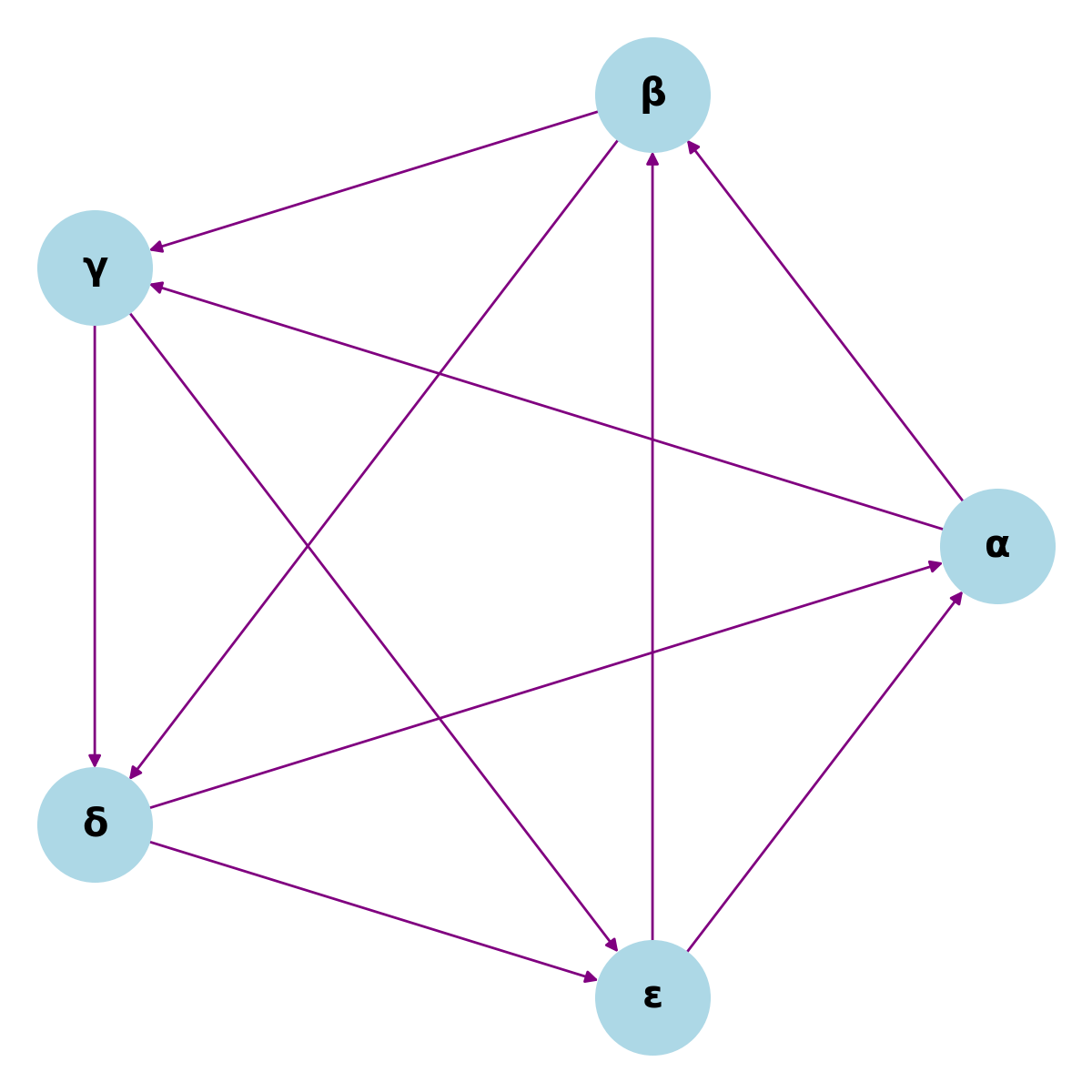Galois Theory: Bridging Algebra and Equations

Introduction and Historical Background
Évariste Galois, a prodigious French mathematician of the early 19th century, laid the groundwork for one of the most profound theories in abstract algebra: Galois theory. His work, completed shortly before his tragic death in a duel at age 20, revolutionized our understanding of polynomial equations. Before Galois, mathematicians struggled for centuries to solve polynomial equations of degree five and higher. While formulas existed for quadratics, cubics, and quartics, the quintic resisted all attempts. Galois’s insight was to link the solvability of equations to the symmetries of their roots, formalized through group theory and field extensions. This article explores the core ideas of Galois theory, its connection to solving polynomials, and its enduring legacy.
Prerequisites: Groups, Fields, and Polynomials
To grasp Galois theory, familiarity with groups, fields, and polynomials is essential.
Groups
A group is a set equipped with an operation satisfying four axioms:
- Closure: The operation combines two elements to produce another element in the set.
- Associativity: The operation is associative: \( (a \cdot b) \cdot c = a \cdot (b \cdot c) \).
- Identity: There exists an identity element \( e \) such that \( e \cdot a = a \cdot e = a \).
- Invertibility: Every element \( a \) has an inverse \( a^{-1} \) such that \( a \cdot a^{-1} = e \).
Key Examples:
-
Symmetric Group \( S_3 \):
- The group of permutations of 3 objects (e.g., roots of a cubic polynomial).
- Has 6 elements: identity, three transpositions (swaps), and two 3-cycles.
-
Cyclic Group \( \mathbb{Z}/4\mathbb{Z} \):
- Integers modulo 4 under addition: \( \{0, 1, 2, 3\} \).
- Generated by adding 1 repeatedly: \( 0 \to 1 \to 2 \to 3 \to 0 \).
Fields
A field is a set with addition and multiplication operations (e.g., \( \mathbb{Q}, \mathbb{R}, \mathbb{C} \)). A field extension \( L/K \) occurs when \( L \) is a field containing \( K \). The degree of \( L/K \), denoted \( [L : K] \), is the dimension of \( L \) as a vector space over \( K \).
Example:
- \( \mathbb{Q}(\sqrt{2}) = \{a + b\sqrt{2} \mid a, b \in \mathbb{Q}\} \) is a degree-2 extension of \( \mathbb{Q} \).
Polynomials
A polynomial \( f(x) \in K[x] \) splits over \( L \) if it factors into linear terms in \( L[x] \). The splitting field of \( f \) is the smallest extension of \( K \) where \( f \) splits.
Example:
- For \( f(x) = x^2 - 2 \in \mathbb{Q}[x] \), the splitting field is \( \mathbb{Q}(\sqrt{2}) \).
- For \( f(x) = x^3 - 2 \in \mathbb{Q}[x] \), the splitting field is \( \mathbb{Q}(\sqrt[3]{2}, \omega) \), where \( \omega = e^{2\pi i/3} \).
Field Extensions and Automorphisms
Central to Galois theory is the study of automorphisms of field extensions.
Automorphisms
A field automorphism is a bijective map \( \sigma: L \to L \) that preserves addition and multiplication. For an extension \( L/K \), we focus on automorphisms fixing \( K \) element-wise (i.e., \( \sigma(a) = a \) for all \( a \in K \)).
Example 1:
Consider the extension \( \mathbb{Q}(\sqrt{2})/\mathbb{Q} \). The automorphisms are:
- Identity: \( \sqrt{2} \mapsto \sqrt{2} \).
- Swap: \( \sqrt{2} \mapsto -\sqrt{2} \).
These form the group \( \text{Gal}(\mathbb{Q}(\sqrt{2})/\mathbb{Q}) \cong \mathbb{Z}/2\mathbb{Z} \).
Example 2:
For \( \mathbb{Q}(\sqrt[3]{2})/\mathbb{Q} \), the only automorphism is the identity, since \( \sqrt[3]{2} \) must map to a real root of \( x^3 - 2 \), but the other roots are complex. Thus, \( \text{Gal}(\mathbb{Q}(\sqrt[3]{2})/\mathbb{Q}) \) is trivial.
The Galois Group
The Galois group \( \text{Gal}(L/K) \) is the group of all automorphisms of \( L \) that fix \( K \). Its structure reveals the symmetries of the roots of polynomials over \( K \).
Key Observations
- If \( L \) is the splitting field of a polynomial \( f(x) \in K[x] \), \( \text{Gal}(L/K) \) permutes the roots of \( f \).
- The order of \( \text{Gal}(L/K) \) divides \( [L : K] \). Equality holds if \( L/K \) is a Galois extension (normal and separable).
Example:
Let \( f(x) = x^4 - 5x^2 + 6 \in \mathbb{Q}[x] \). Factoring gives \( f(x) = (x^2 - 2)(x^2 - 3) \). Its splitting field is \( \mathbb{Q}(\sqrt{2}, \sqrt{3}) \).
- The Galois group \( \text{Gal}(\mathbb{Q}(\sqrt{2}, \sqrt{3})/\mathbb{Q}) \) has four automorphisms:
- Identity: \( \sqrt{2} \mapsto \sqrt{2}, \sqrt{3} \mapsto \sqrt{3} \).
- \( \sigma_1 \): \( \sqrt{2} \mapsto -\sqrt{2}, \sqrt{3} \mapsto \sqrt{3} \).
- \( \sigma_2 \): \( \sqrt{2} \mapsto \sqrt{2}, \sqrt{3} \mapsto -\sqrt{3} \).
- \( \sigma_1 \circ \sigma_2 \): \( \sqrt{2} \mapsto -\sqrt{2}, \sqrt{3} \mapsto -\sqrt{3} \).
- This group is isomorphic to \( \mathbb{Z}/2\mathbb{Z} \times \mathbb{Z}/2\mathbb{Z} \), demonstrating how automorphisms correspond to root permutations.
The Fundamental Theorem of Galois Theory
This theorem establishes a correspondence between intermediate fields of \( L/K \) and subgroups of \( \text{Gal}(L/K) \).
Statement
Let \( L/K \) be a finite Galois extension. There is a bijection:
\[ \{\text{Intermediate fields } K \subseteq E \subseteq L\} \longleftrightarrow \{\text{Subgroups } H \subseteq \text{Gal}(L/K)\} \]
where:
- An intermediate field \( E \) maps to \( \text{Gal}(L/E) \).
- A subgroup \( H \) maps to the fixed field \( L^H = \{x \in L \mid \sigma(x) = x \ \forall \sigma \in H\} \).
Conditions for Galois Extensions
- Normal: Every irreducible polynomial in \( K[x] \) with a root in \( L \) splits in \( L \).
- Separable: Every irreducible polynomial in \( K[x] \) has distinct roots in its splitting field.
Example:
Consider \( L = \mathbb{Q}(\sqrt{2}, \sqrt{3}) \) and \( K = \mathbb{Q} \). The intermediate fields and subgroups are:
| Intermediate Fields | Subgroups of \( \mathbb{Z}/2\mathbb{Z} \times \mathbb{Z}/2\mathbb{Z} \) |
|---|---|
| \( \mathbb{Q} \) | Entire group \( \{\text{id}, \sigma_1, \sigma_2, \sigma_1\sigma_2\} \) |
| \( \mathbb{Q}(\sqrt{2}) \) | \( \{\text{id}, \sigma_1\} \) |
| \( \mathbb{Q}(\sqrt{3}) \) | \( \{\text{id}, \sigma_2\} \) |
| \( \mathbb{Q}(\sqrt{6}) \) | \( \{\text{id}, \sigma_1\sigma_2\} \) |
| \( \mathbb{Q}(\sqrt{2}, \sqrt{3}) \) | Trivial subgroup \( \{\text{id}\} \) |
Solvability by Radicals
A polynomial is solvable by radicals if its roots can be expressed using arithmetic operations and radicals (roots). Galois theory links this to group theory.
Solvable Groups
A group \( G \) is solvable if it has a subnormal series:
\[ G = G_0 \trianglerighteq G_1 \trianglerighteq \cdots \trianglerighteq G_n = \{e\} \]
where each quotient \( G_i/G_{i+1} \) is abelian.
Example:
The symmetric group \( S_4 \) is solvable. Its subnormal series:
\[ S_4 \trianglerighteq A_4 \trianglerighteq V_4 \trianglerighteq \{e\} \]
where \( A_4 \) is the alternating group and \( V_4 \) is the Klein four-group. The quotients \( S_4/A_4 \cong \mathbb{Z}/2\mathbb{Z} \), \( A_4/V_4 \cong \mathbb{Z}/3\mathbb{Z} \), and \( V_4/\{e\} \cong V_4 \) are all abelian.
Radical Extensions
An extension \( L/K \) is radical if \( L = K(a_1, \dots, a_n) \), where each \( a_i^{m_i} \in K(a_1, \dots, a_{i-1}) \).
Example:
The roots of \( x^3 - 3x + 1 = 0 \) can be expressed using radicals:
\[ x = 2\cos\left(\frac{2\pi}{9}\right), \quad 2\cos\left(\frac{4\pi}{9}\right), \quad 2\cos\left(\frac{8\pi}{9}\right). \]
The splitting field is a radical extension of \( \mathbb{Q} \).
Theorem
A polynomial \( f \in K[x] \) is solvable by radicals if and only if its Galois group is solvable.
Quintic Equations
The symmetric group \( S_5 \) is not solvable. For example, the polynomial \( x^5 - x - 1 \) has Galois group \( S_5 \), so its roots cannot be expressed with radicals (Abel-Ruffini theorem).
Applications and Implications
Classical Geometry
-
Constructibility:
- A regular \( n \)-gon is constructible with a compass and straightedge if \( \phi(n) \) (Euler’s totient function) is a power of 2.
- Example: \( n = 17 \) is constructible because \( \phi(17) = 16 = 2^4 \).
-
Doubling the Cube:
- Impossible because it requires solving \( x^3 - 2 = 0 \), whose splitting field has degree 6 over \( \mathbb{Q} \), which is not a power of 2.
Inverse Galois Problem
Determining which finite groups arise as Galois groups over \( \mathbb{Q} \). Solved for:
- All abelian groups (Kronecker-Weber theorem).
- Most sporadic simple groups, except \( M_{23} \).
Number Theory
- Class Field Theory: Generalizes Galois theory to study abelian extensions. Critical in modern cryptography (e.g., elliptic curve cryptography).
Case Study: Solving the Cubic
To illustrate Galois theory in action, consider the cubic equation \( x^3 + ax^2 + bx + c = 0 \).
-
Depress the Cubic: Substitute \( x = y - a/3 \) to eliminate the \( y^2 \) term:
\[ y^3 + py + q = 0. \] -
Cardano’s Formula: Express roots using radicals:
\[ y = \sqrt[3]{-\frac{q}{2} + \sqrt{\left(\frac{q}{2}\right)^2 + \left(\frac{p}{3}\right)^3}} + \sqrt[3]{-\frac{q}{2} - \sqrt{\left(\frac{q}{2}\right)^2 + \left(\frac{p}{3}\right)^3}}. \] -
Galois Group: For a general cubic, the Galois group is \( S_3 \), which is solvable. Thus, roots are expressible by radicals.
Conclusion
Galois theory is a masterpiece of mathematical abstraction, transforming the solvability of equations into a question about group structure. By bridging fields and groups, it answers ancient problems and fuels modern research. From the insolubility of the quintic to the construction of regular polygons, Galois’s legacy endures as a testament to the power of algebraic thinking.


